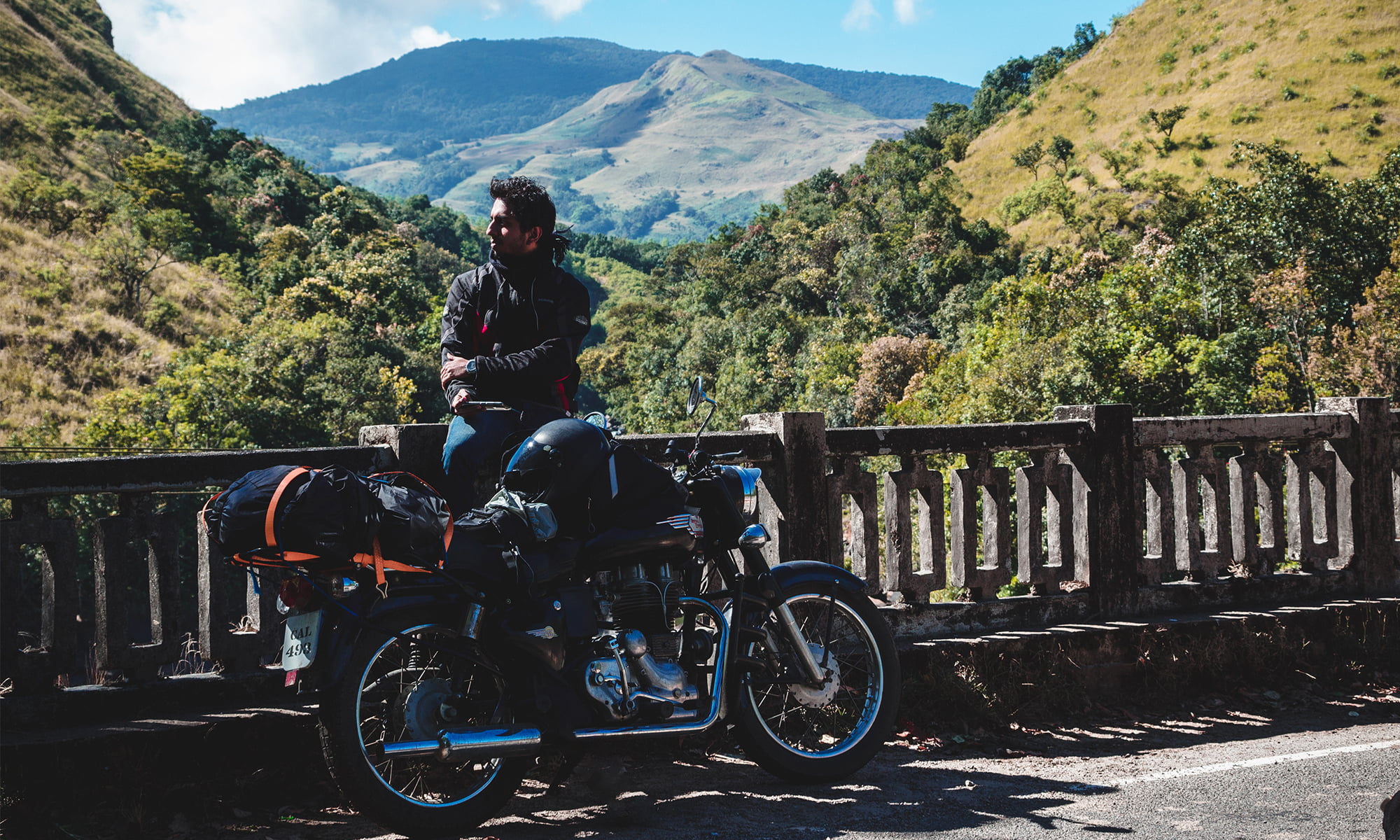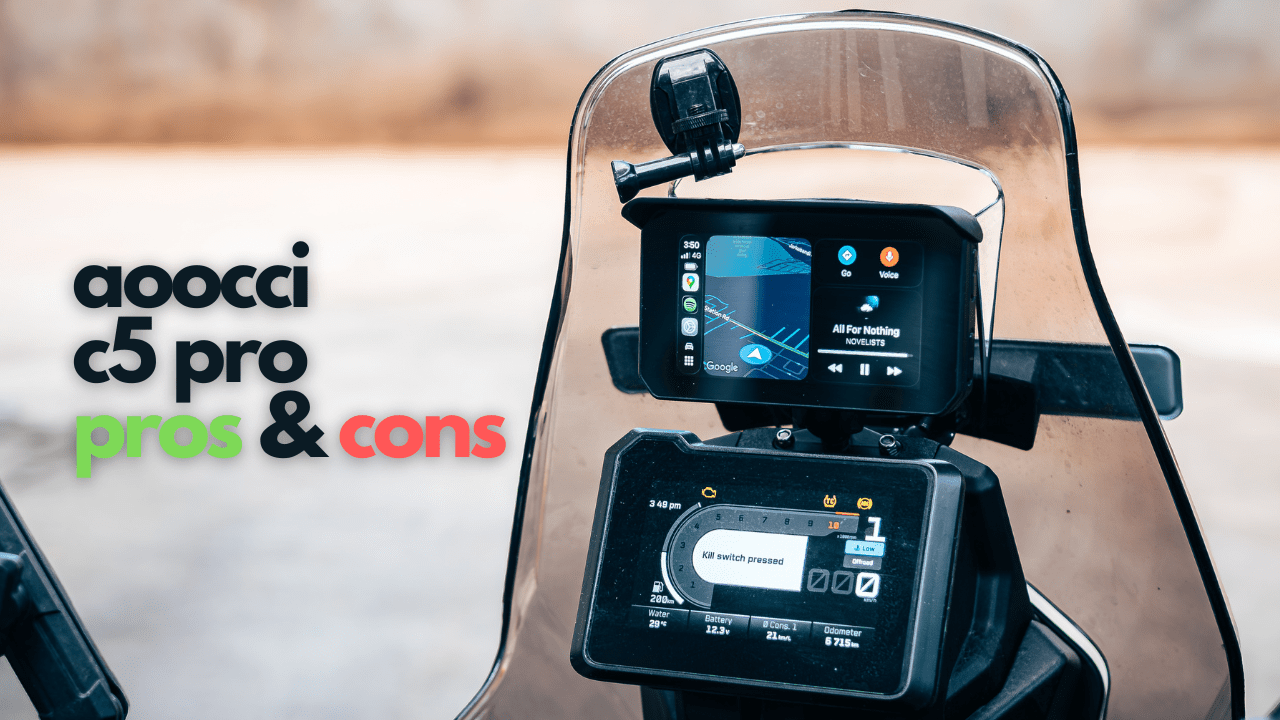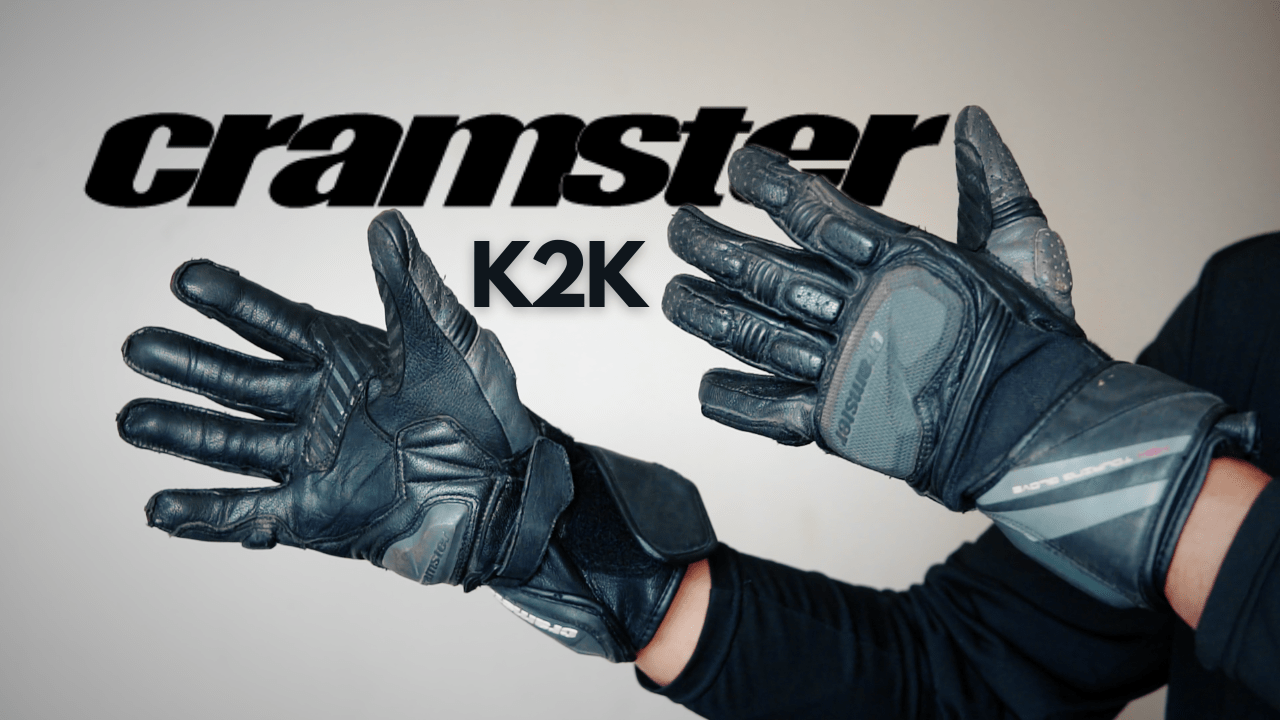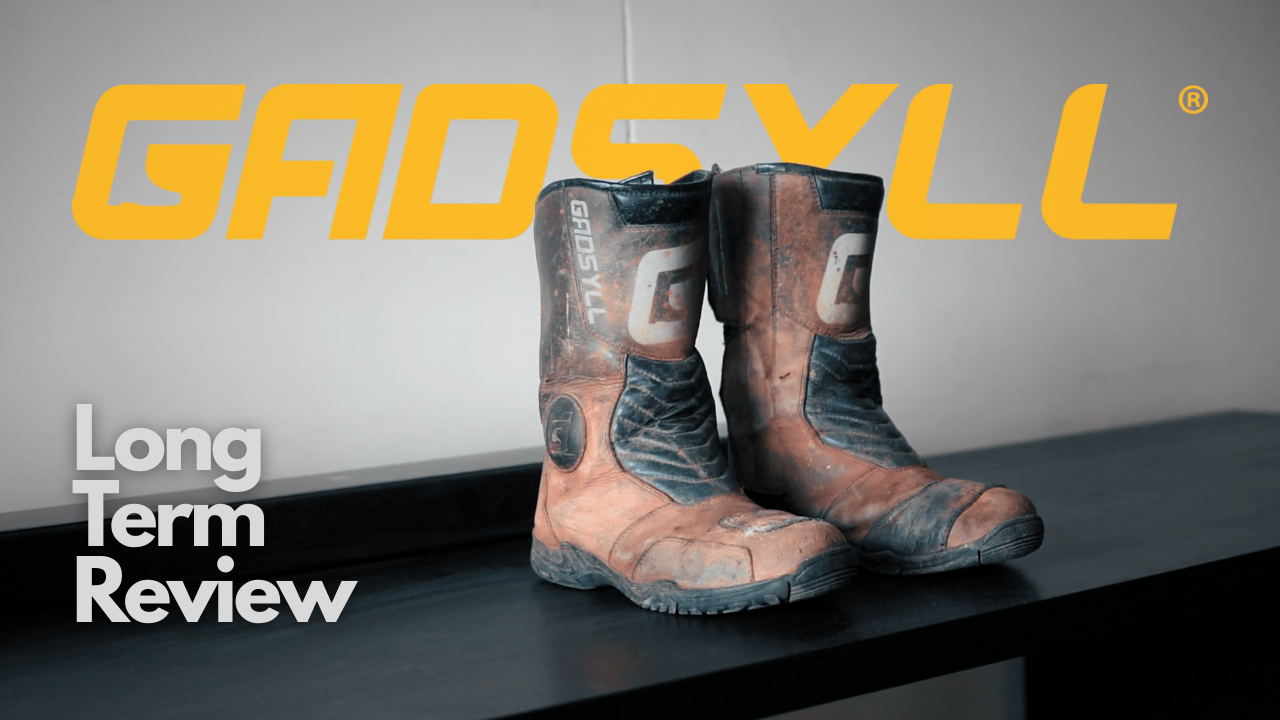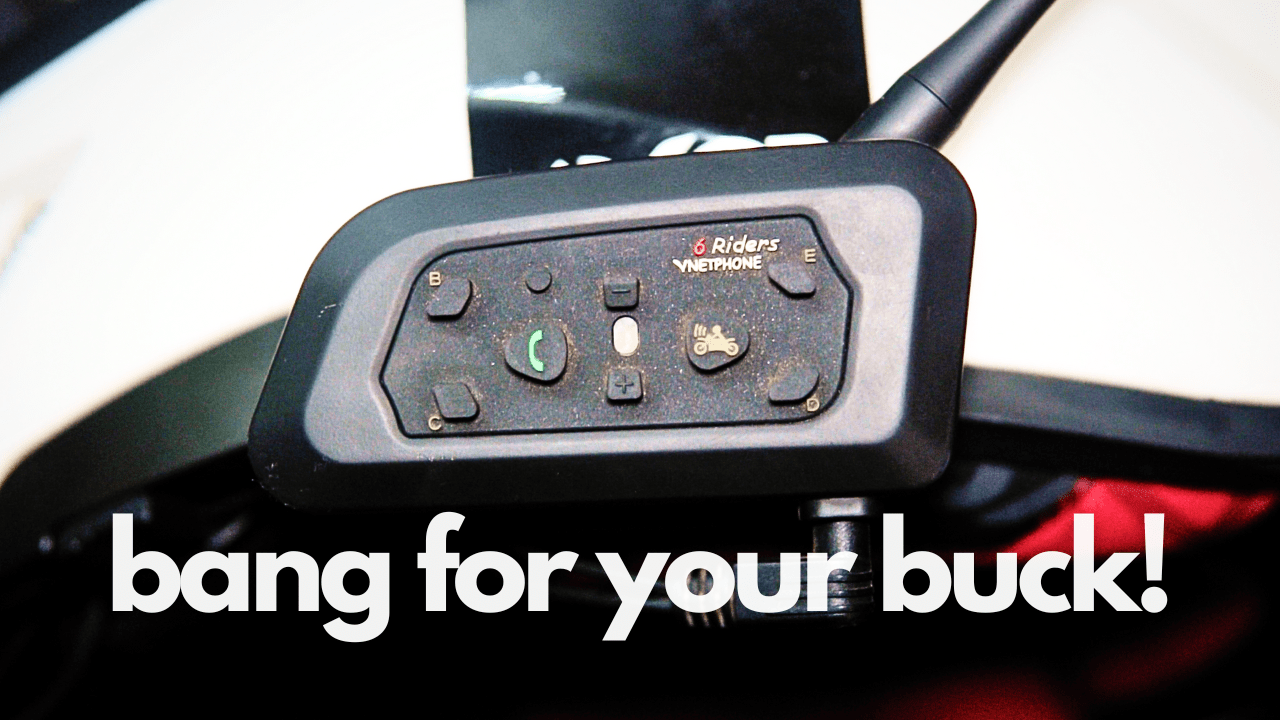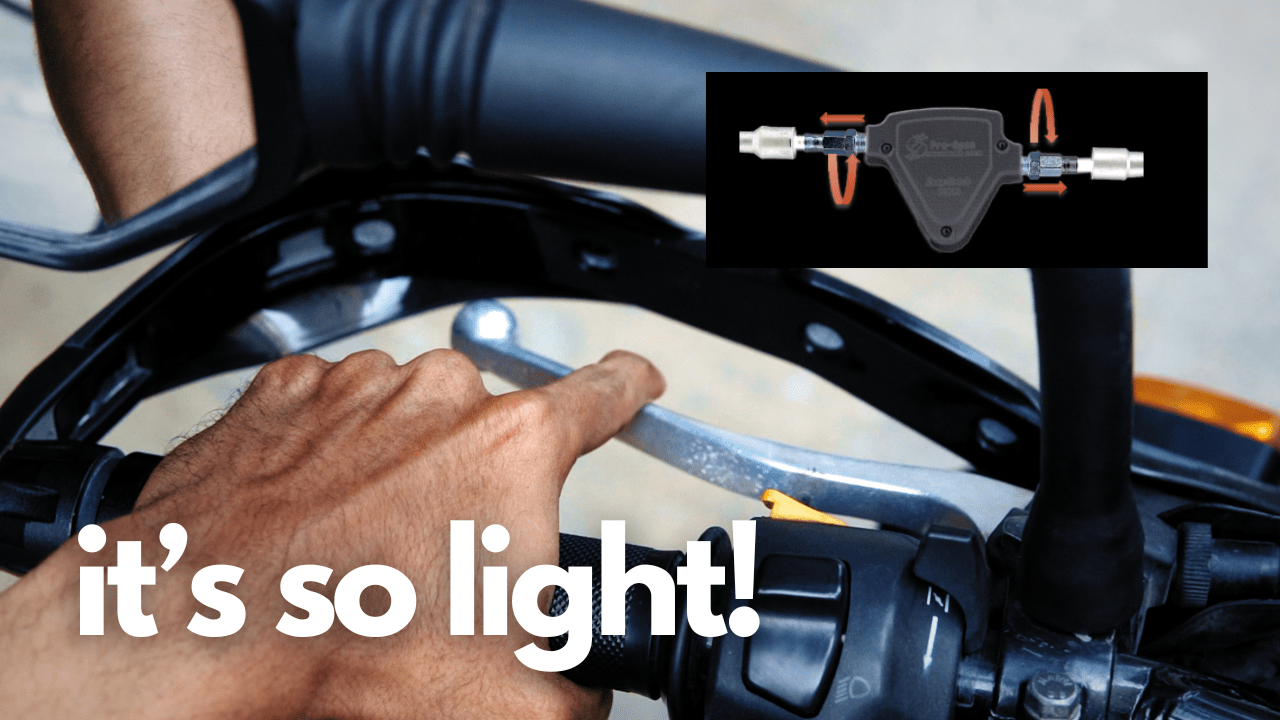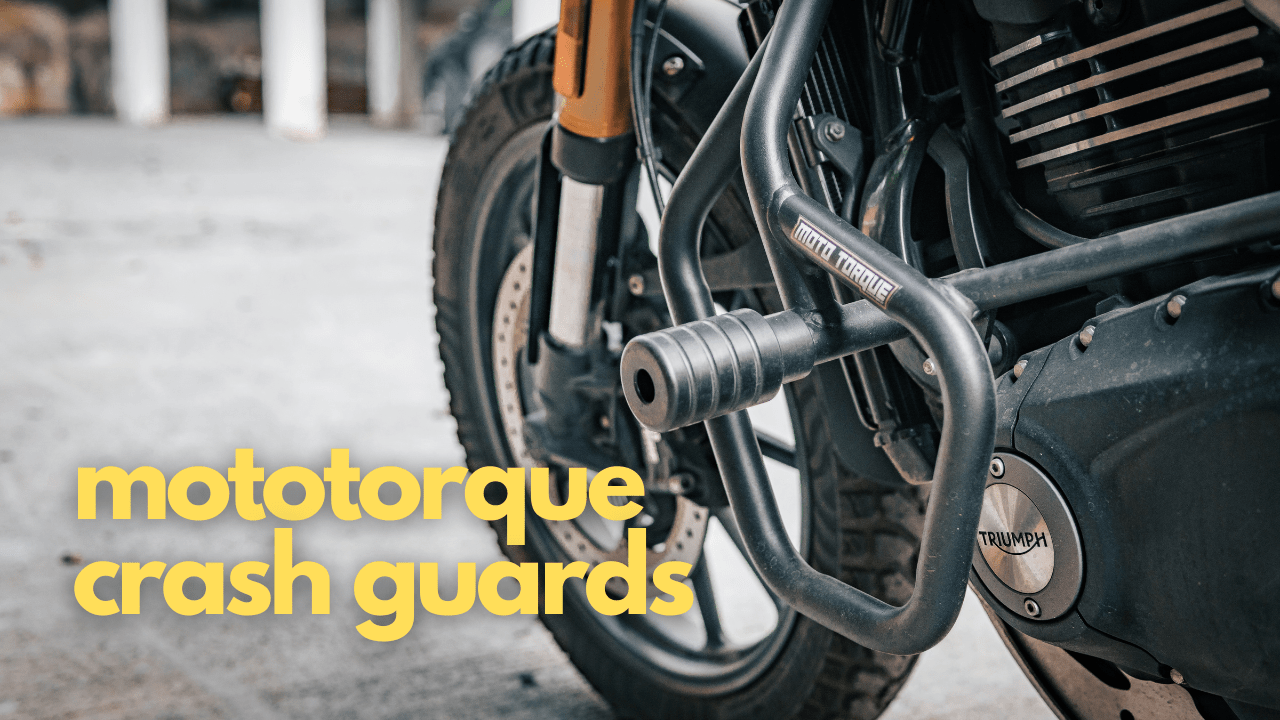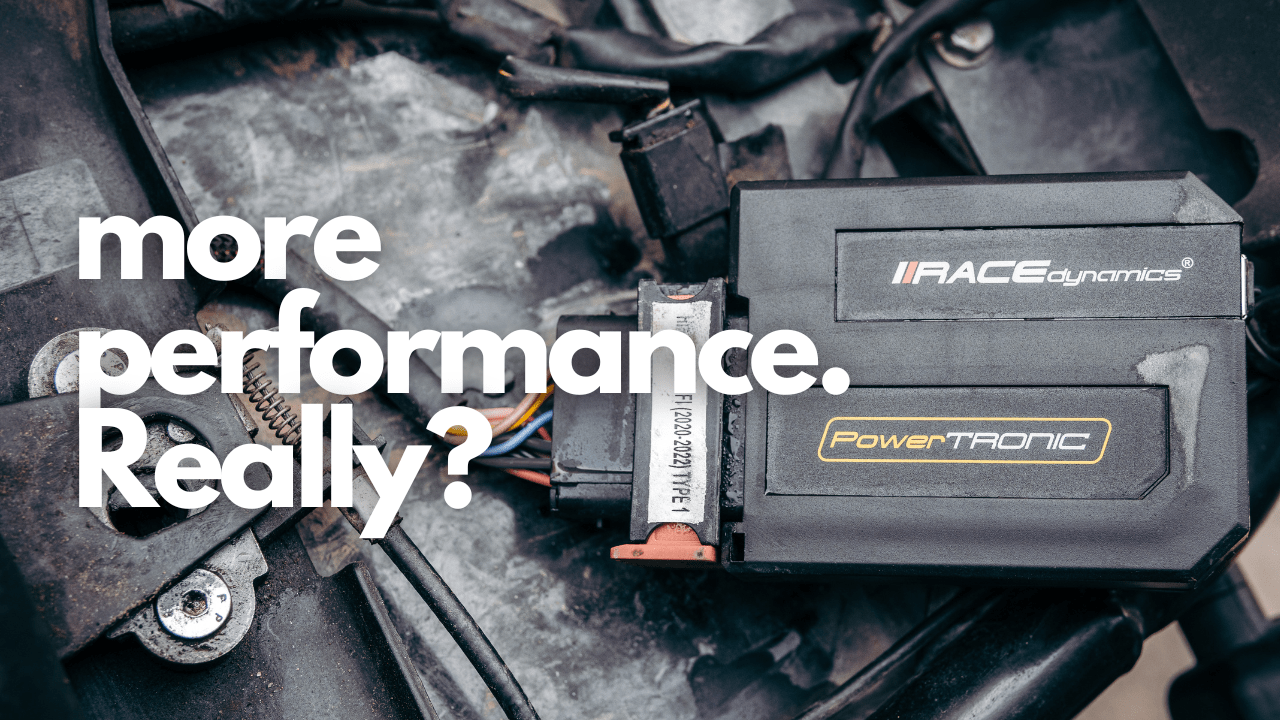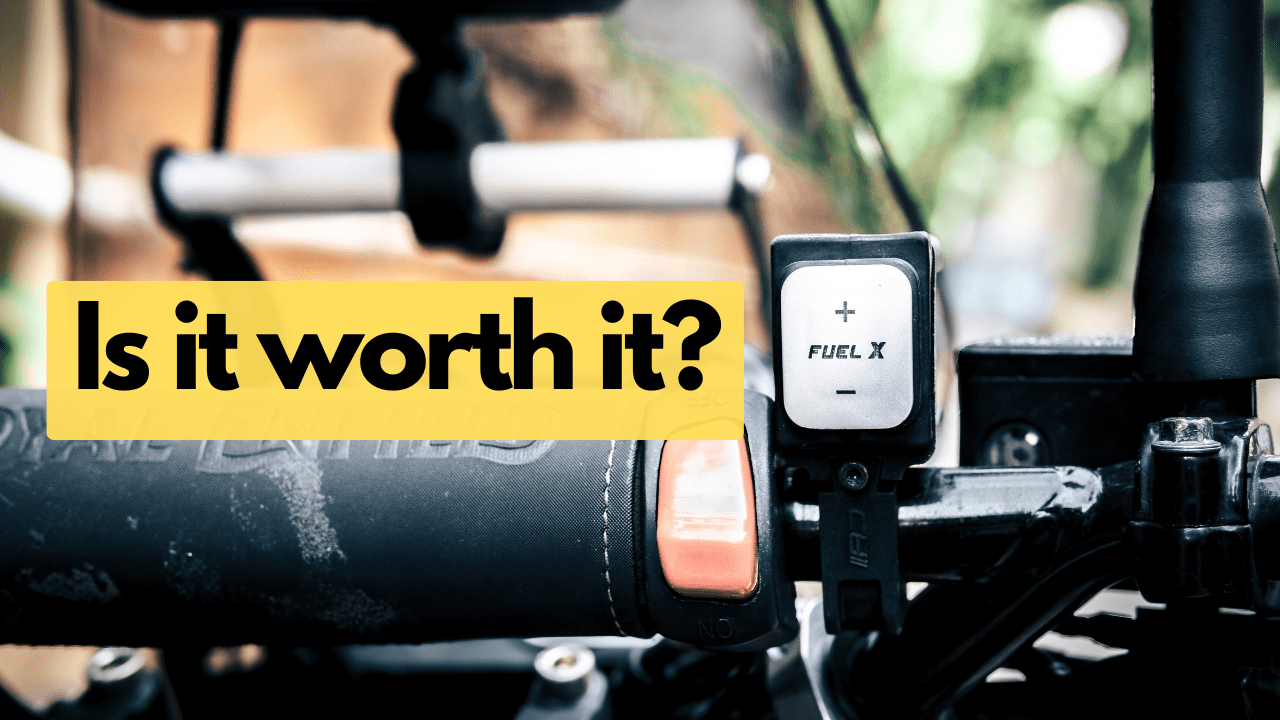Two reasons why I got the Aoocci C5 Pro Carplay for my motorcycle and here’s my honest review on it.
During my trip to Rann and Rajasthan in December 2023, my iphone 12 mini, a used phone that I bought on EMI just 3 month’s prior to the trip, got ruined. The OIS of the camera got damaged because I was using my phone for navigation throughout the trip.
I then started using my friend’s basic android phone for navigation. But that phone used to get heated up on long rides and then the map would freeze.
This is the second reason I decided to go for a CarPlay system for my motorcycle even though it’s an expensive affair.
I got the AOOCCI C5 Pro CarPlay system as it was the cheapest on the market around May 2024. I was quiet skeptical about these products since they are fairly new and hence I went for the cheapest one to try it out.
But I must say I was pleasantly surprised. Before getting into the pros and cons, I’ll get into the features first.
Features of Aoocci C5 Pro
The Aoocci C5 system comes with a 5 inch touch screen, 2 dash cams and two TPMS sensors along with the wiring, clamps and everything that’s needed for it’s installation.
It connects with bluetooth and wifi of your mobile and uses CarPlay and Android auto feature for apple and android phones respectively.
Basically it mirrors almost all the needed functions of your phone to the screen so that you can use your phone without having to use your phone. If you have already used these systems in cars, then you’ll be familiar with it.
Most of the basic apps on your phone like messages, calls, whatsapp, music, maps and other CarPlay supported apps can be used with this device. You can connect your intercom to it via bluetooth and you can make or answer calls with it, hear turn by turn voice navigation, listen to music or podcasts and so on.
There are many apps that provide weather info too. Now I’m an apple user so I’ll share the CarPlay details in this video and I’m sure android auto will have the same if not more features.
Apart from CarPlay features, it has live recording of both rear and front camera. You have to put in a micro sd card and it’ll loop record as soon as the ignition is on. You can access these recordings in the device itself or you have an app by which you can view and download the footage on your phone.
It records up to 2k resolution which is good enough to zoom in on number plates and other small details.
The other most helpful feature is the TPMS. It comes with 2 sensors which you can attach to your wheels and it gives real time reading of your tyre pressures. You can set the minimum and maximum values below or above which it gives you an alarm.
Pros of Aoocci C5 Pro
1. Responsiveness
The speed and responsiveness of the screen is just amazing. It almost feels like operating a smartphone. The touch is very responsive and smooth even with gloves on, the maps are very quick when it comes to navigating through tight city traffic.
There’s no lag until you have good gps signal on your phone. It even works with offline maps so you don’t need an internet connection on your phone and this was particularly useful in Ladakh.
2. Brightness and contrast
The screen is very bright. I use it at 50% brightness in broad daylight and at 0% at night. It’s that bright even in direct sunlight.
And the contrast is amazing. The black portions of the screen are truly black and the all the colours and whites stand out.
3. Heat
Since it doesn’t have a battery, it doesn’t get heated up much. And even during operating at daytime for long hours under the sun, the responsiveness doesn’t decrease. That’s the biggest advantage over using an android phone for navigation.
4. Waterproof
My console gets fogged up after a pressure wash but this has sustained many pressure washes and heavy rains. I would still recommend not directly pressure washing the unit but it’s safe even if you do.
5. Vibration Resistant
Both the bikes that this device has been on, the Himalayan 411 and now the KTM 390 Adventure, aren’t the smoothest bikes out there. This hasn’t suffered any damages due to these vibrations.
6. Build Quality
The build quality of the device is amazing. It’s damn durable. I suffered a major accident on my KTM which cost around 50k in repairs for the bike. The holder suffered damages and yet the device didn’t develop any issue.
I’ve done many jumps and hard trails where the holder has come lose and the device had hit the console but even then there’s no signs of any damage to the screen or the body. The durability is impressive.
7. Camera Quality of Aoocci C5 Pro
The footage quality is very good. It’s not stabilised but the quality is plenty enough to zoom into the details if you want to use the footage for any legal purposes. Only during the night, the footage from the rear camera isn’t useful because of the glare from headlights of the vehicles behind you.
8. Automatic Connection
Once your phone is paired, you don’t need to manually connect it again. Just switch on the ignition and within 20-30 seconds, it’ll connect to your phone and maps will be loaded.
Cons of Aoocci C5 Pro
Now for this price, I should not complain about anything given how useful the product is. But here are some points I wish were better.
1. Colour Infringing
The smaller font on the display often has some colour infringing especially the white ones. This isn’t a major issue. The main headings and highlights are easily readable but the smaller details on the map are often difficult to read because of this issue. Again I’m just nitpicking here and it isn’t a deal breaker.
2. TPMS Delay
When you change to the TPMS window, the pressures displayed are the readings taken prior to the last time ignition was switched off. It takes few minutes for the sensors to pick up the readings when you switch to the TPMS screen.
3, Car Navigation Only
Since it’s a CarPlay device, it supports only the car navigation option on the bike and not the two wheeler option. Here you have to be careful since the maps may take you to expressways where bikes aren’t allowed.
4. Navigation
If you start navigation on the device and if you switch off the device, it doesn’t start up the navigation automatically the next time you switch it on.
But if you start the navigation on your phone, the navigation resumes on the device even if you switch off and on. That’s one minor niggle especially when you take breaks in between your journey.
Cost of Aoocci C5 Pro
The C5 cost me around 13500 INR. I got it on a discount from the site. I think now it costs around 16k INR but I think even for that price it’s a bang for the buck product.
It’s shipped from China so it’ll take a week to get here. They’ll contact you in between via whatsapp to send your PAN or Aadhar details for KYC during customs clearance.
Should you get the Aoocci C5 Pro?
IMO, everyone who tours on their bike and who wants to save the phone from any damage should consider this. They have a model which just has the CarPlay screen but I’d highly recommend getting this particular one with the camera and TPMS.
Considering all the scams going on, I think it’s always good to have a dashcam on your bike and I don’t need to tell you the advantage of having TPMS when touring.
All in all I highly recommend this product and it has made my life a hell lot easier on my bike.
I hope I covered all the highlights of this product. If you have any doubts, shoot them in the comments section below. Get yours here – Aoocci C5 CarPlay
- Aoocci C5 Pro – The Best CarPlay/Auto Device For Your Motorcycle
- Cramster K2K Gloves – The Best Budget Gloves For Touring
- Best Budget Boots For Touring – Gadsyll Tourer Boots Review
- Axor X Cross – Best Budget Helmet For Touring
- How to record your helmet intercom conversations
- Vnetphone V6 – A bang for your buck intercom!
- Easy Clutch Review – Make Your Himalayan Feel Like A Honda!
- Mototorque Crash Guard for Triumph Scrambler 400X & Himalayan
- Powertronics V4 improves performance on Himalayan 411 – Really?
- FuelX Pro – Is it any good for the Himalayan 411?
